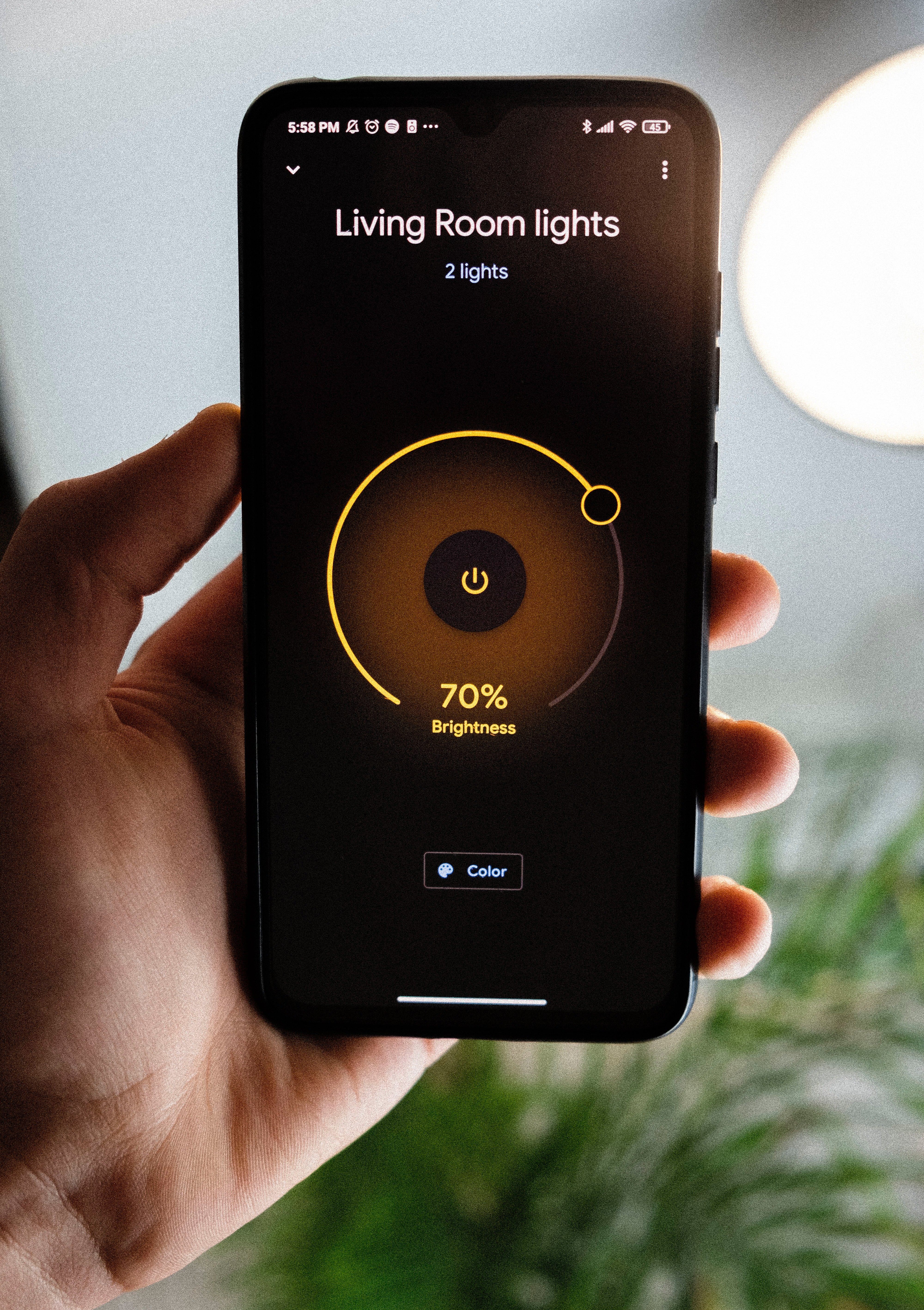
Artificial Intelligence, often referred to as its abbreviation, “AI,” is taking over our everyday lives. Well, it’s not really taking over like in the movies, but it is present in many ways that you might not even realize.
As a result, it’s important that we understand how it works and how we can use it as we enter 2023. Here are the top 10 things you should know about AI based on our research. The possibilities are endless.
What Is Artificial Intelligence?
Artificial intelligence refers to inanimate objects having intelligence and carrying out tasks. For example, computers are able to see patterns and gather information, which would normally require a living brain. Anything that follows this same logic in terms of technology can be considered AI.
1. How Is AI Being Used Today?
AI is mainly used to eliminate human error, increase productivity, and make sense of large amounts of data. In order to make that possible, technology has created robotic process automation and allows machines or computers to run on their own. According to the McKinsey report from 2022, robotic automation and computer vision are the most common ways to use AI globally.
2. What Are Other Common Uses of AI?

AI can be used in hundreds of ways, which is why it can be complicated to understand. Other uses of AI besides automation and computer vision include service operations, customer service, customer acquisition, and contact center automation. Essentially, these all have to do with the goal of increasing productivity and efficiency. When humans are running a contact center, it can take much longer because someone would have to answer the phone and then connect you with another person. Instead, AI creates automatic menus that you can click through or use voice detection to reach the correct extension. The AI in this case will quickly understand what you’re asking for and then point you in the right direction using its intelligence.
3. How Is AI Used in Business?
Businesses rely heavily on AI in order to save up employee time for other more creative or important tasks. AI can help businesses make a product and run the operations. For example, if a company develops and produces things like software, skincare, or other products, AI can perform steps to manufacture them or keep the flow of operations in check. Robotic process automation comes in here because there are robots and softwares that were made to assist in the manufacturing process.
Another way AI is influencing business is through marketing and sales. While these jobs have been done by human beings in the past, AI can make the tasks more efficient and accurate. The reason for this is that both of these jobs involve working with a lot of data. In sales, especially, AI can help gather information on potential customers and then analyze that data for you. It is crucial to know where your gaps are, so AI can be a real life-saver in that regard.
Human Resources also uses AI in the form of HR portals. Many companies use these to store information on employees and take job applications. They also have chatbots to answer FAQs. When hiring for jobs or looking into past performance, they can pull data and analyze it with AI, which helps assess and clarify the company’s needs.
4. How Does AI Make Your Life Better?
AI wasn’t created with the purposes of evil robots taking over our jobs. There are many time-consuming tasks that have been eliminated due to artificial intelligence. In particular, repetitive copy-paste or downloading tasks are mainly covered by AI.
It has also helped us evaluate the needs of customers with surveys and analyzing website traffic, so that we can make better products or sell more of our own content. AI has made it easy to shop online with targeted ads, so that your online experiences are tailored to your preferences.
Chatbots and digital assistance tools also use AI to help you. Instead of waiting on hold to talk to a real person, you can often visit a help page of a major website or company and chat with their AI bot to find your answer. It is a painless and fast process that could be frustrating without AI.
Check Out: 5 Ways Artificial Intelligence Is Making Your Life Better
5. How Do We Use AI in Our Daily Life?
Every day we wake up and use AI without even realizing it because it’s 2023 and we are always being served by technology. Whenever you open up your phone, you’re probably using something that has to do with AI. Starting with face ID, this helps you access your personal information securely with AI. Another example is if you ask Siri to look something up or set a timer. Google Maps, texting, and scheduling emails are also forms of AI.
As Forbes pointed out, social media is one of the biggest uses of artificial intelligence because the development of a “feed” and videos, photos, or news popping up for us is directly linked to AI. This kind of automation and customization to our preferences is what makes social media so enticing.
In your home, AI has brought us automation that can turn off or set a schedule for lights, heat, air conditioning, etc. This saves energy since we can keep to a schedule or monitor controls from apps on our phones.
Lastly, using any kind of online banking account is technically working with AI because you can schedule bill pay or set alerts for when your balance is low. Moreover, when your bank detects a purchase that is “unlike” you, AI is responsible for detecting your behaviors and maintaining security when something is out of the ordinary.
6. Jobs That Work with AI?
Not only do some people work closely with AI on the day to day, but they also create it. In the 2022 McKinsey report, industries have been shown to hire more and more software engineers, AI data scientists, and data analysts. This goes to show that we are seeing value and success in AI implementation. By solving problems and speeding up analysis, these jobs are bound to become even more in-demand. One of the best skills you can learn in the job market today is interpreting data and understanding how AI works.
In fact, Microsoft just announced that they will be launching a new version of Bing, the smart engine, by using ChatGPT, which is a natural language, automated chatbot. It is a completely new and fine-tuned way to use AI, so this is bound to spark new discoveries in the AI job market and even rival that of Google.
7. What Are the Dangers of AI?
Like anything that seems perfect on the surface, there are some drawbacks to using AI that have been addressed by many. Firstly, privacy and cybersecurity comes to mind. In order for AI to work on things like targeted ads, it needs to learn about you as a consumer and how your behaviors create patterns. For some people, this can feel like it is violating their privacy and looking too closely at their personal information. As a result, many websites have warnings and disclosures about this.
Cybersecurity is always a risk, especially when information is being stored online. However, the hope is that with AI, we can create more standards for protection. For example, face ID technology is a form of AI to protect personal information. The positives always need to be considered alongside risks.
Other things you should know about AI include the failures that have happened in the past. One of the examples that is often referenced self-driving cars. Like most technology, it can fail or glitch even though these errors tend to be less frequent than humor errors. Tesla’s car crash that killed two people due to the faulty autopilot feature last year is just one example of when this form of artificial intelligence killed.
Lastly, a big concern of AI is that it will lead to unemployment for certain blue-collar positions. While companies are hiring data scientists to work with AI, these skills take a long and expensive education to master. As a result, the people being put out of work are those working in manufacturing and other production or service jobs that AI can now do.
Check Out: Is Artificial Intelligence Humankind’s Biggest Threat?
8. How Does the U.S. Government Interact with AI?
Interestingly, the government funds a lot of AI research. Specifically, they are looking into AI being used in the Department of Defense (DoD) as well as Health and Human Services (HHS). We know this based on the reported contracts that are currently in place with AI vendors. While we’re not sure of the intimate details of what they are working on, chances are AI can help regulate and speed up their processes as well as analyze important data. Our governmental systems is a new way to think about AI being used in 2023 and beyond.
9. How Much Have We Spent on AI So Far?
In 2023, it is anticipated that we will spend more than $500 billion on AI globally (Market Tech Post). From what we know, this includes voice assistant systems, cybersecurity, and generative AI. This includes spending money to research, create, and better the way AI works.
Generative AI is an interesting category that should grow this year because it brings basic AI that can complete tasks to a new level where it will actually create something new. Once again coming back to GPT-3, this technology can generate new words, images, and codes. A generative AI source would change a lot of things we know about technology today, which is why investments are high.
People are also investing in AI to improve its functionality. The reason for this is because AI has been proven to show biases against certain types of people. For example, decision-making software has been found to be racist and sexist through facial identification, statement generation, and selection in the past. These prejudices need to be ironed out for it to work effectively.
10. What AI Trends Are Not Going Away?
There are many AI trends that are not going away. A few in particular that come to mind are face ID, plagiarism checkers, and health tracking apps/wearable detection. We didn’t even cover plagiarism checkers and health tracking very much in this article because there are so many versions of AI out there. However, these are very prevalent in our lives and have been proven to be helpful, so they won’t be going anywhere any time soon.
Another trend that is here to stay is chatbots and customer service automation. These enhance our online customer experiences and clearly, through further developments in the works with smart engines like Bing, they will become more advanced.
Essentially, anything that automates tedious tasks for the better is something AI has brought us that we will not want to leave behind. We can see that it has many positives as well as some negative risks associated with the technology. It will be crucial to understand AI and all that it can do this year and in the future. By better understanding, we can advance and regulate its function in our lives and in our world.





